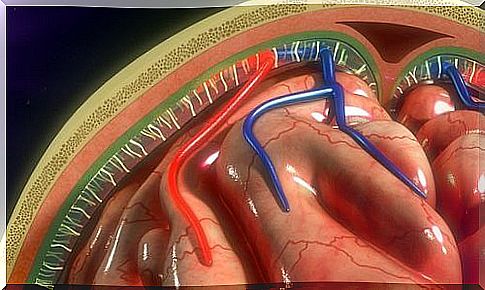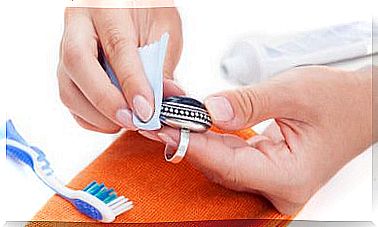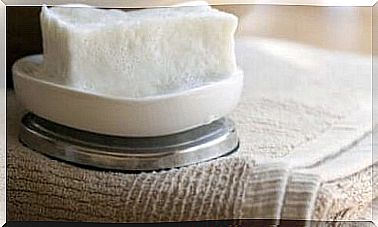Infusion Pump: Its Purpose And Patient Care
The infusion pump is a system that allows drugs to be delivered directly into the patient’s blood. It is necessary to monitor the process in order to avoid infections.

Infusion pump refers to a method of drug delivery in which the substance directly enters liquid structures. There are 2 types of infusion pump:
- The spinal infusion pump is an intrathecal injection drug delivery system: this means that the drug reaches the cerebrospinal fluid that surrounds the spinal cord. This is a route which requires very expensive equipment. It is therefore often reserved for terminally ill patients or those in severe pain.
The intrathecal space is a virtual region located between the meninges. More precisely between the arachnoid and the pia mater. For this reason, it is also known as the subarachnoid space. Direct access to the central nervous system through cerebrospinal fluid has many advantages. For example, this makes it possible to introduce anesthetics, sedatives, etc. and thus reduce side effects.
- The intravenous infusion pump is used to inject drugs directly into the patient’s blood. In summary, the intravenous route brings the same thing but it has very interesting characteristics that differentiate it.
For example, it allows very low volumes to be administered in a safe manner that could not be used otherwise. Another advantage that it has is that its programming is simple and the patient can receive their infusion at the right time.
Since the second type of infusion is undoubtedly the most widely used, other pumps result. From now on, we will only refer to it when we talk about an infusion pump.
Other types of infusion pump
Other types of infusion pumps that are also used are peristaltics and subcutaneous ones. In most infusion pumps it is possible to deliver more than one drug using the same device.
Either way, thanks to the infusion pumps, the medical team can easily administer a wide variety of chemical compounds.
How does the infusion pump work?
In order to provide the recommended compounds in certain clinical cases, physicians use this device. This machine is programmed to generate pressure on the injection port in the patient. Thus, it is able to transfer the chemical substance from the external environment to the patient’s bloodstream.

Basically, there are 2 types of infusions that are given depending on the route used. On the one hand, enteral infusions (oral) can be used. On the other hand, it is possible to resort to parenteral infusions (which use the intravenous or IV route). Pumps can also deliver the infusion continuously or intermittently.
As a result, the nursing team saves time and energy by controlling the transfer of these fluids. Previously, nurses had to monitor the patient’s position, catheter attachment, duration of the procedure, etc. Moreover, these latter devices allow better dosing precision and the patient can move around (within the recommended limits). It is also possible to reduce the possible risks or complications derived from this technique.
There are 2 types of ambulatory infusion pumps (that is, the patient can use them at home). They are distinguished by their capacity, the type of programming, etc.
Patient care

Usually, the healthcare team will explain to the patient how the infusion pump works. She also advises on a series of recommendations to be followed during treatment with this device.
In most cases, the programming of these machines is easy to understand, but it is preferable to contact specialists if in doubt. Sometimes the nursing team uses automatic programming that is protected with a password. Thus, disoriented or confused patients cannot change the rate of administration.
On the other hand, the experts will have to adjust the batteries in order to prevent a disconnection of the device. In some clinical cases (such as those using the infusion pump with syringe) it may be necessary to indicate the starting level of the drug.
Finally, your doctor will advise you on the lifestyle you should follow during the procedure. Among other things, this concerns personal hygiene, the diet to follow and the physical activity that you can perform.









